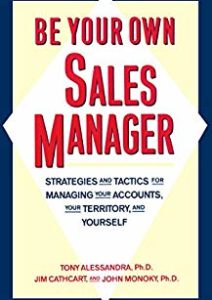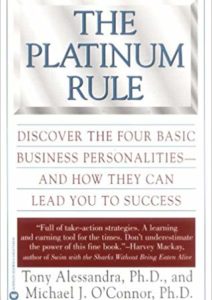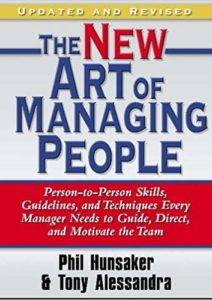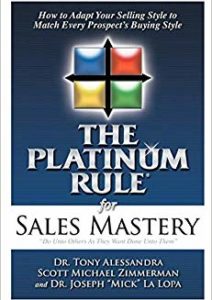Do you find yourself gritting your teeth at the thought of attending another meeting at work? Or perhaps you’ve heard others complain about what a waste of time the meetings are and now you have to hold one of these meetings of you own! How can you engage people who are right about what a waste of time and money most meetings actually are?
Maybe these meetings are such poor performers because nearly 80% of those who put on these meetings have no training in how to prepare or plan to reach goals of a meeting.
So how do you create meetings that are well-managed, effective for communication within the organization? By following these Meeting TIPS, you too can have meetings in which important decisions are made, ideas are generated, and information is shared.
Why have a meeting?
- Share Information — meetings provide a place where individual information and experience can be pooled. The group revises updates and adds to what it knows collectively.
- Set Goals — meetings help every member of the team understand the goals and objectives of the group and how his individual efforts will affect those objectives.
- Gain Commitment — meetings gain consensus on decisions and foster commitment. An agreement and sense of responsibility to implement and support the decisions is created.
- Create Group Identity — meetings define the team. Those present belong to the team, those absent do not. Participants develop a sense of collective identity.
- Team Relations — meetings are often the only occasion where the group works as a team.
- Status Arena — meetings give group members a chance to determine their relative status.
If you can’t achieve any of these or if none of these things are important to you – you might want to consider a cheaper way to communicate than at a meeting.
How to have a great meeting!
- Need. Hold only those meetings for which there is a demonstrated need. Meetings are ideal when you need to solve problems that are complex or affect many people, exchange technical information, or explain a complex policy, procedure or situation.
- Purpose. Every meeting must have specific, stated objectives and a broad purpose. Attendees need to know the meeting topics beforehand, in writing, so that they can come prepared.
- Attendees. Invite only attendees who can contribute or who have a serious need to know. The ideal size for a working meeting is 5-7 people.
- Agenda. Agendas are an absolute must for every meeting. A good agenda addresses issues in order of importance and allocates time to each issue.
- Choose a good meeting place. It should also be free from distractions and interruptions.
- Start and end on time. This sends a message to participants that their time is respected and that they are expected to respect the meeting time. Avoid “recapping” for late comers.
- Stick to the agenda. Although you want to encourage participation, new issues should be noted and held over for a later meeting.
- Encourage participation. Attendees should feel comfortable enough to offer opinions or suggestions openly.
- Maintain a balanced, controlled discussion. Do not let any one person dominate the meeting.
- Summarize and distribute minutes. Recap the decisions and any actions planned as a result of the meeting and make sure that each attendee receives written minutes no later than two days following the meeting.
You can help ensure consistently productive meetings by following a meeting policy based on the above. Meetings are a critical part of team building and, as team spirit grows, the company benefits as the group’s ability to work together and make decisions grows and you can be a part of it.
What successes have you had with meetings? Leave a comment and let us know.
Pipeliner CRM empowers salespeople to schedule the right meetings with the right people.Get your free trial of Pipeliner CRM now.
















Comments